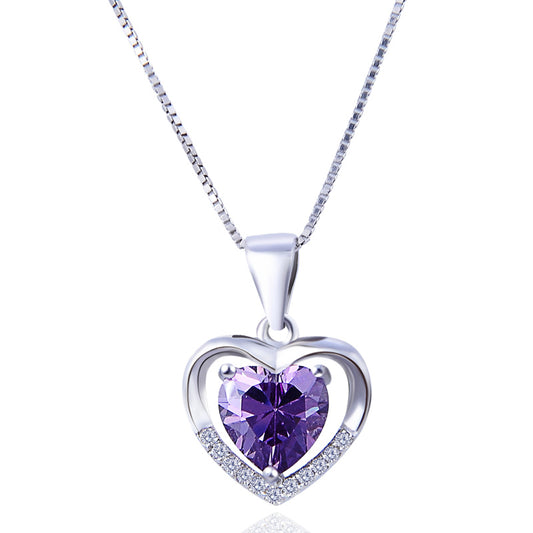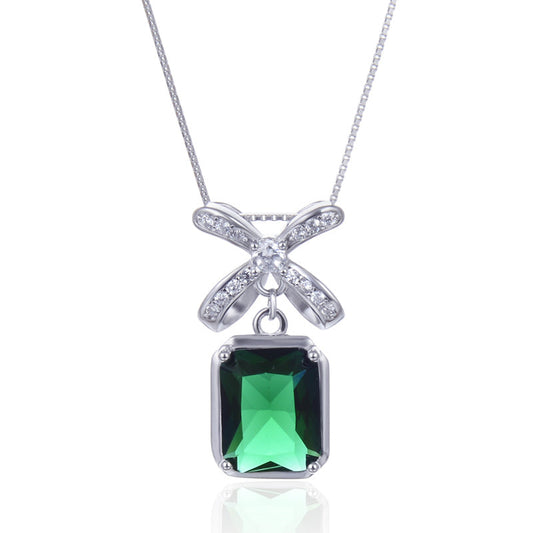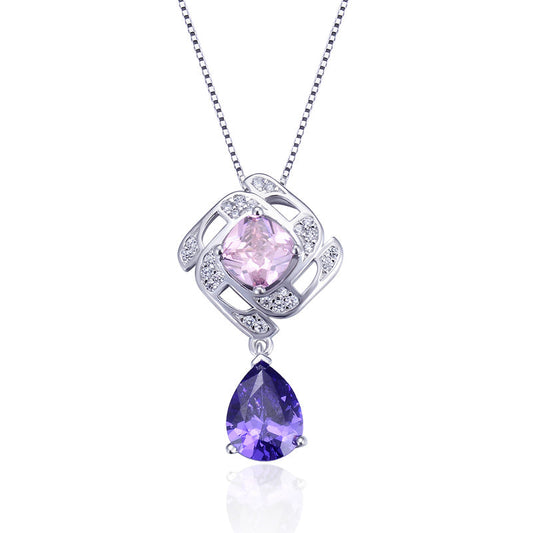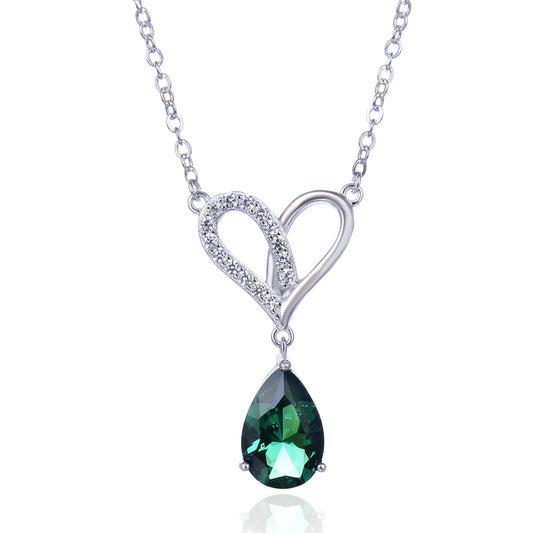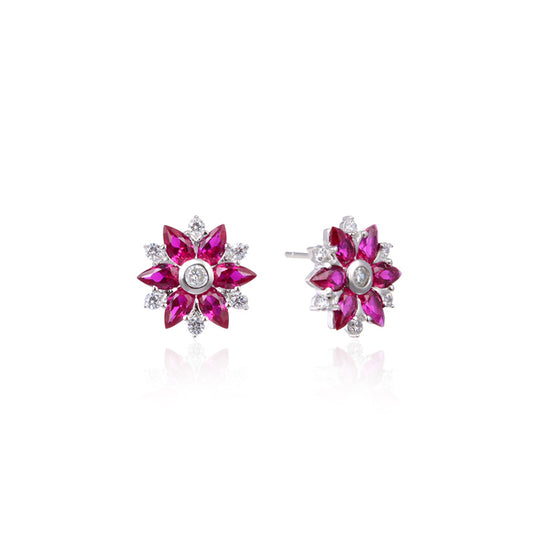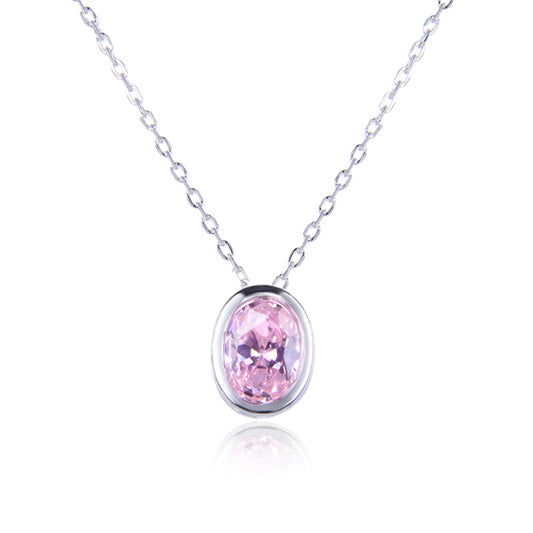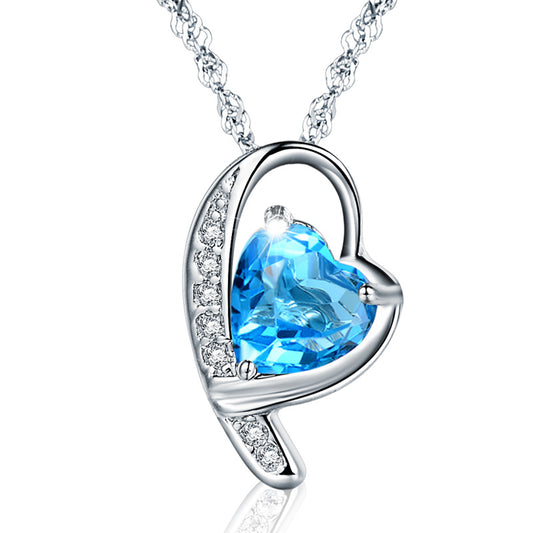In the vast landscape of human expression, clothing stands as a powerful medium, intertwining with personal identity, cultural narratives, and societal norms. The concepts of dressed and undressed are not merely binary opposites; they are fluid, multidimensional, and deeply rooted in the complexities of individual and collective human experiences. This exploration delves into the myriad facets of these terms, uncovering their historical significance, modern interpretations, and the intricate dance they perform in shaping our understanding of self and society.
The Evolution of Dress: A Historical Perspective
Clothing has been an integral part of human civilization since prehistoric times, serving functional purposes such as protection from the elements and physical hazards. However, as societies evolved, so did the significance of attire, transforming from a necessity to a symbol of status, religion, occupation, and eventually, personal expression.
Ancient Civilizations: In ancient cultures like those of Egypt, Greece, and Rome, clothing was indicative of one's social standing. Elaborate garments adorned with jewels and intricate designs were reserved for royalty and the elite, while the common folk wore simpler, more practical attire. The dressed and undressed dichotomy, though not explicitly defined, was evident in these hierarchical dress codes.
Medieval Europe: During the medieval period, clothing became even more codified, reflecting one's social class, marital status, and even their level of piety. The sumptuary laws, which regulated what individuals could wear based on their rank, further solidified this notion. Being dressed meant adhering to these strict guidelines, while being undressed could signify poverty, rebellion, or a disregard for societal norms.
Renaissance to Modern Times: The Renaissance brought a复兴 in art, science, and fashion, marking a shift towards more individualistic expressions of dress. This era saw the emergence of fashion trends that transcended class boundaries, albeit slowly. By the 18th and 19th centuries, with the industrial revolution and the democratization of fashion, clothing became more accessible, allowing for greater personal expression. The dressed and undressed dynamic began to shift, reflecting not just social status but also personal style and identity.
The Psychology of Dress: Self-Expression and Identity
In contemporary society, clothing is a canvas upon which individuals paint their identities. The choice to be dressed or undressed is influenced by a myriad of factors, including personal preferences, cultural background, social context, and psychological states.
Self-Expression: Clothing allows individuals to communicate their personalities, interests, and values without words. A person's attire can signal their affiliation with certain subcultures, their political beliefs, or even their mood. The dressed state, therefore, becomes a form of non-verbal communication, a means of expressing one's true self to the world.
Social Identity: Our clothing choices also reflect how we want to be perceived by others. In professional settings, being dressed in formal attire conveys competence, professionalism, and respect for the environment. Conversely, in more casual or intimate settings, being undressed or dressed down can signal comfort, relaxation, and a willingness to let one's guard down.
Psychological Well-being: The relationship between clothing and mental health is profound. Studies have shown that wearing clothes that align with one's self-image can boost confidence, reduce anxiety, and improve overall mood. Conversely, feeling forced to conform to certain dress codes can lead to discomfort, rebellion, or even psychological distress. The balance between being dressed to please oneself and being dressed to fit in is a delicate one.
Fashion as a Form of Art and Rebellion
Fashion is not just about clothing; it is a cultural phenomenon that reflects the zeitgeist of an era. It is a form of art that allows individuals to experiment with their identities, push boundaries, and challenge societal norms.
High Fashion and Avant-Garde: The fashion industry, particularly high fashion, often serves as a platform for designers to express their creative visions, pushing the limits of conventional dress. These designs can range from the exquisitely ornate to the starkly minimalistic, embodying the dressed and undressed spectrum in its purest form. Avant-garde fashion, with its emphasis on innovation and non-conformity, challenges traditional notions of beauty and functionality, encouraging a reevaluation of what it means to be dressed.
Street Fashion and Subcultures: Street fashion, on the other hand, is a grassroots movement that reflects the diverse identities and cultures within society. Subcultures like punk, hip-hop, and goth use clothing as a means of self-expression and rebellion against the mainstream. By being dressed in a manner that defies conventional norms, these subcultures create their own sets of rules and aesthetics, celebrating individuality and non-conformity.
The Politics of Dress: Clothing can also be a political act, used to challenge authority, advocate for social change, or express solidarity with marginalized groups. From the suffragettes' adoption of distinctive attire to modern-day protests where participants wear symbolic colors or slogans, being dressed in a certain way can become a powerful form of activism. Conversely, being undressed or wearing minimalist attire can also serve as a political statement, challenging the consumerist culture and promoting body positivity.
The Digital Age: Dressed and Undressed in the Virtual World
With the advent of the internet and social media, the concepts of dressed and undressed have been further complicated. The virtual world offers new avenues for self-expression, where one's digital avatar or online persona can be meticulously curated or stripped down to the essentials.
Online Identities: Social media platforms allow users to create and present highly stylized versions of themselves. Through carefully selected photos, videos, and even digital fashion, individuals can project an image that aligns with their ideal self. This digital dressed state can be both empowering and problematic, as it raises questions about authenticity, identity theft, and the pressure to conform to online beauty standards.
The Rise of Digital Fashion: In recent years, digital fashion has emerged as a legitimate form of artistic expression and commerce. From virtual clothing for avatars in video games to NFTs (non-fungible tokens) representing unique digital garments, the concept of being dressed has transcended the physical realm. This opens up new possibilities for creativity and personal expression but also raises ethical concerns about the environmental impact of digital consumption and the blurring of lines between the real and virtual worlds.
Privacy and the Undressed Self: In contrast to the highly curated digital dressed state, the internet also provides spaces for vulnerability and authenticity. Platforms like blogs, vlogs, and online forums allow individuals to share their unfiltered thoughts, emotions, and even physical appearances. This undressed self, though exposed, can foster connections, empathy, and a sense of community in ways that the traditional dressed state may not.
Challenging Norms: Body Positivity and Inclusivity
The ongoing conversation around body positivity and inclusivity is reshaping the landscape of fashion and personal expression. The traditional ideals of beauty and the "perfect" body have been challenged, making way for a more diverse and accepting understanding of what it means to be dressed and undressed.
Body Positivity: The body positivity movement encourages individuals to embrace their bodies in all shapes and sizes, promoting self-love and acceptance. This has led to a more inclusive approach to fashion, where designers and brands are beginning to cater to a wider range of body types. Being dressed is no longer about hiding flaws but celebrating one's unique features and beauty.
Inclusive Fashion: The fashion industry is slowly but surely becoming more inclusive, with brands featuring diverse models, sizes, and skin tones. This shift towards inclusivity is not just about representation but also about creating clothing that fits and flatters a variety of body types. The goal is to make fashion accessible to everyone, regardless of their shape or size, allowing them to feel dressed in a way that reflects their true selves.
The Undressed Self and Vulnerability: In a world that often prioritizes appearances, embracing vulnerability and the undressed self can be a radical act of self-acceptance. This can manifest in various forms, from wearing clothing that reveals more skin to sharing personal stories and struggles. By doing so, individuals contribute to a culture of openness and empathy, breaking down the barriers that separate us and fostering deeper connections.
Conclusion: The Art of Being Dressed and Undressed
The concepts of dressed and undressed are not simply about the presence or absence of clothing; they are multifaceted expressions of identity, culture, and personal choice. Throughout history, clothing has evolved from a functional necessity to a powerful form of self-expression and rebellion. In the digital age, these concepts have been further complicated, offering new avenues for creativity and connection while also raising ethical and social questions.
As we continue to navigate the complexities of being dressed and undressed in a rapidly changing world, it is crucial to embrace diversity, promote inclusivity, and foster a culture of empathy and self-acceptance. By doing so, we can create a more vibrant and accepting society where individuals are free to express themselves in ways


